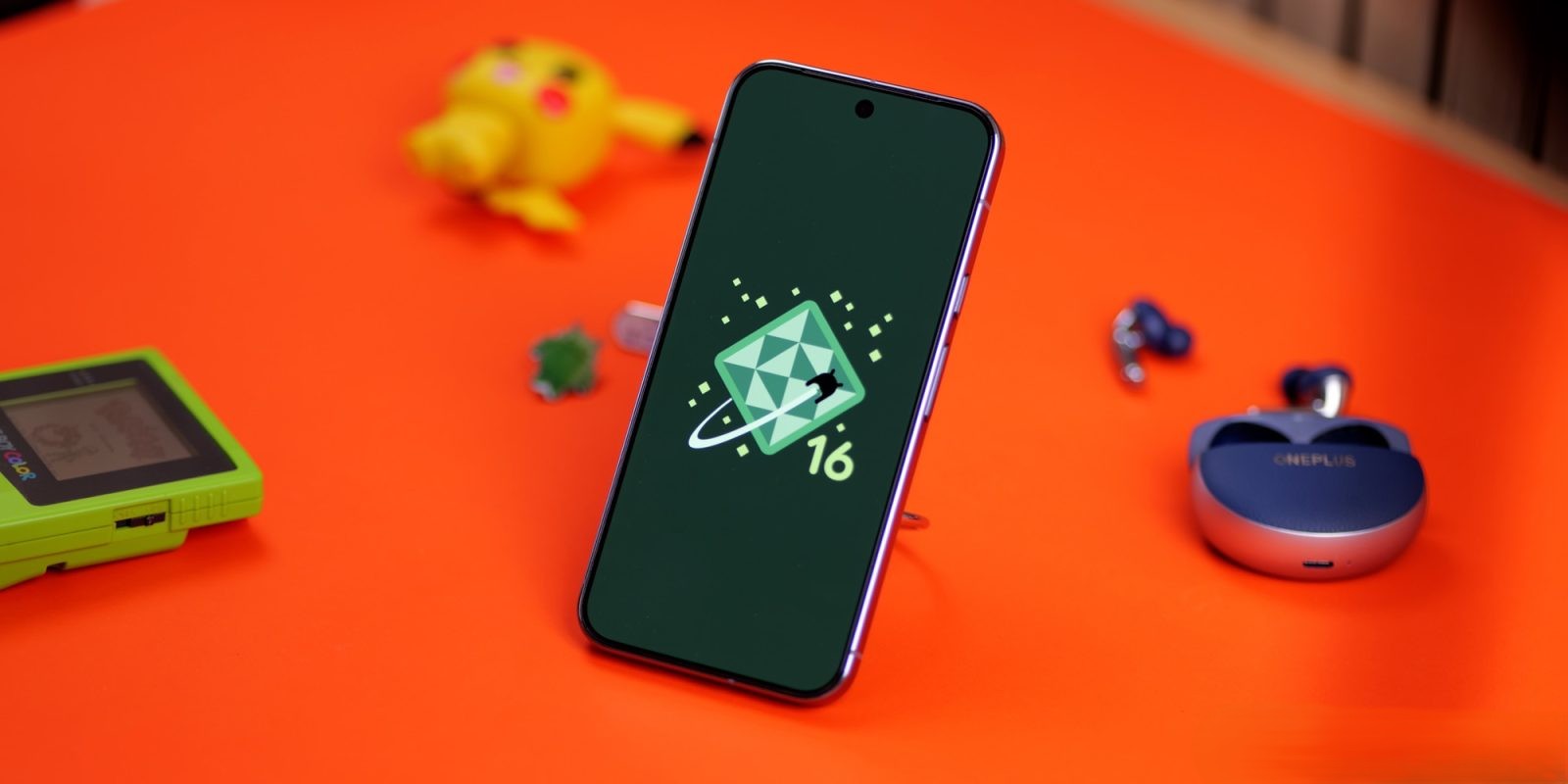Google has initiated the rollout of Android 16 QPR2 Beta 3.1, a targeted update designed to resolve boot issues encountered by certain Pixel devices. This release follows the previous Beta 3 update, which introduced a critical problem for users who had enabled the Enable desktop experience features option prior to installation.
Background on the Issue
The Beta 3 update, released last week, inadvertently caused some Pixel devices to enter a boot loop when the Enable desktop experience features setting was active. This issue primarily affected users who had this developer option enabled before updating to Beta 3. In response, Google temporarily halted the OTA (Over-The-Air) distribution of Beta 3 to prevent further complications.
Details of the Beta 3.1 Update
The newly released Beta 3.1 update aims to rectify the boot loop problem. The build numbers for this update are as follows:
– BP41.250916.010: Applicable to Pixel 6, Pixel 6 Pro, and Pixel 6a models.
– BP41.250916.010.A1: Applicable to all other supported Pixel devices.
For users whose devices were already operating on Beta 3 without issues, the Beta 3.1 update is relatively minor. For instance, on a Pixel 9a, the update size is approximately 2.64 MB. Notably, Google’s release notes for this update do not include new entries specific to Beta 3.1, indicating that the primary focus is on addressing the boot loop issue.
Guidance for Affected Users
Google has provided several solutions for users whose devices failed to boot after installing Beta 3 with the Enable desktop experience features enabled:
1. Automatic Recovery: Allow the device to attempt self-recovery. After multiple failed boot attempts, the system may revert to Beta 2 automatically.
2. Using ADB (Android Debug Bridge): If USB debugging was enabled prior to the boot loop, users can connect their device to a computer and use ADB commands to sideload the new OTA package.
3. Manual Sideloading: Users can manually sideload the Beta 3.1 OTA package to their device.
4. Factory Reset via Recovery Mode: If the device is stuck on the Android Recovery screen, performing a factory reset may resolve the issue.
5. Factory Wipe/Reset from Recovery/Rescue Mode: As a last resort, users can perform a full factory wipe/reset through the device’s recovery or rescue mode.
Detailed instructions for each of these methods are available on Google’s official support channels.
Additional Context
The Beta 3 update addressed several issues but also introduced a bug affecting lock screen clocks, leading to the disappearance of certain clock styles. Users have reported this anomaly, and it is anticipated that Google will release a more comprehensive bug-fix update in the near future to address this and other minor issues.
Conclusion
The release of Android 16 QPR2 Beta 3.1 underscores Google’s commitment to promptly addressing user-reported issues within its beta programs. Users are encouraged to install this update to ensure device stability and to provide feedback through official channels to assist in the refinement of future releases.



